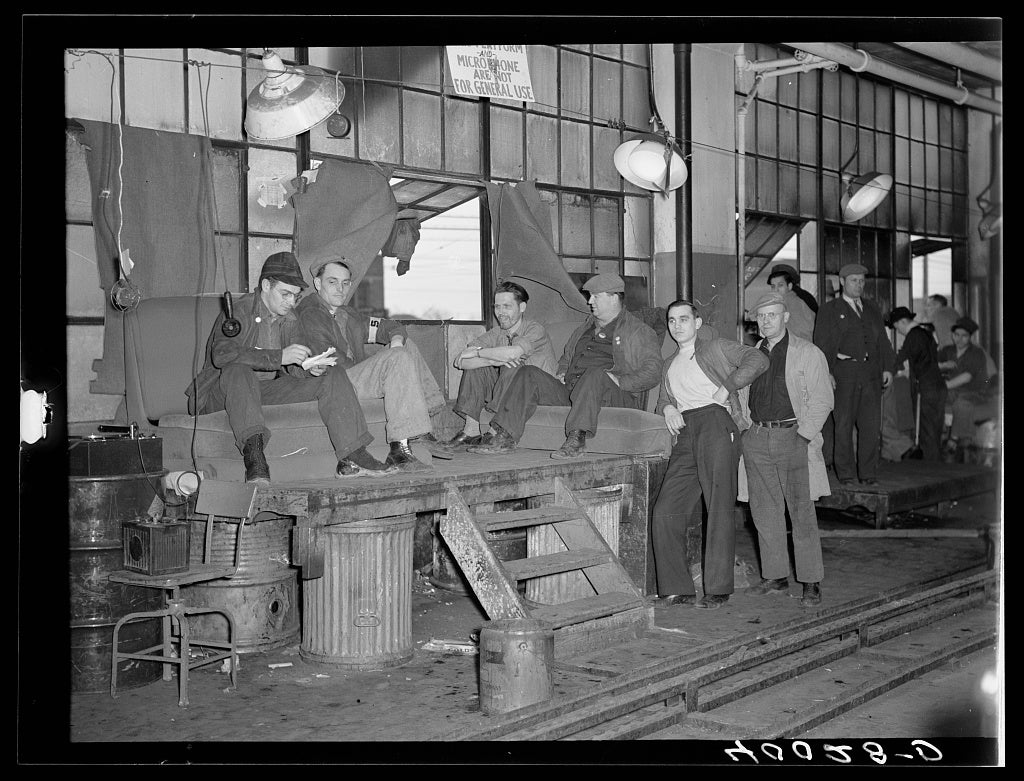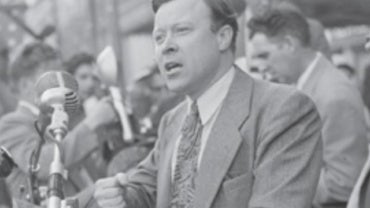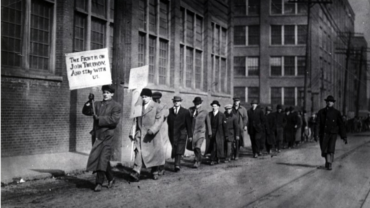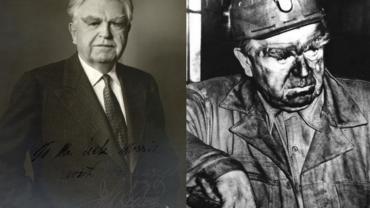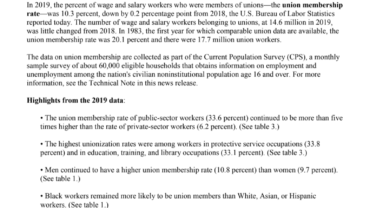Once called “the strike heard round the world,” the first major labor dispute in the U.S. auto industry ended after General Motors signed a contract with the United Auto Workers Union on February 11, 1937.
Over time unions have changed conditions for workers. In 1935, the average auto worker took home about $900, while the United States government determined that an annual/month income of $1600 was the minimum on which a family of four could live in that year of 1935. In addition, working conditions were often difficult and unionizing efforts were resisted by companies. For example, General Motors (GM) spent $839,000 on detective work in 1934 alone and used a group called ‘The Black Legion’ who employed various intimidation tactics against active union members. As a consequence of these policies, union organizers changed tactics and gradually the union gained strength.
1936 would prove pivotal. In July of 1936 there were hundreds of deaths in auto plants in Michigan that were thought to be a result of a heat wave combined with difficult working conditions. On November 12, 1936, three welders participated in a “quickie sit-down” strike and were fired when they arrived to work the next day. Their firing resulted in a sit-down protest of 700 men on November 13 at the Fisher Body No. 1, until the the three men were rehired later that day.


